Hope lives here alongside sorrow. In this town that vanished as if an atom bomb had vaporised it, huge yellow ribbons are tied around evergreen trees shading a main street full of sharp new buildings.
Where there was scorched earth and ash are cafes and shops, parks and playgrounds crammed with day trippers: motorcyclists enticed by the Black Spur’s tree-lined curves, mingling with carloads of mums and dads and kids.
Ten years after the eerie afternoon we call Black Saturday, Marysville Ground Zero is tourist-brochure perfect.
MARYSVILLE: THEN & NOW PICTURES
ANDREW RULE PODCAST: SUBSCRIBE ON ITUNES, WEB OR SPOTIFY
The yellow ribbons, like the elegant steel memorial in the park behind the new police station, remind us that 38 lives ended in this district, snuffed out by a fireball the like of which had not been seen in living memory. For those who don’t sense the ghosts and remember the tears and fears, the new town makes an idyllic scene, an artist’s impression come true.
Across the ranges around Kinglake, in districts where 121 people perished in Australia’s worst natural disaster, there are new houses everywhere to replace the hundreds that burned in the no man’s land where suburbia invades the bush.
The shops here are busy, too.
The long process of rebuilding brings a mini-boom to districts that lost the one-day battle with wildfire but are now winning the war against the after-effects.
It’s the same with those specks on the map with names that city people only heard of because of the tragedy that unfolded there: Wandong and Humevale; Steels Creek, St Andrews and Strathewen; Callignee and Koornalla in Gippsland.
HOW THE BLACK SATURDAY BUSHFIRE GREW AND MERGED

It is 10 years since the catastrophe of February 7, 2009, when the pall of smoke pouring from eastern Australia stretched to New Zealand. It would be easy to mark this bittersweet anniversary with bleak stories of the terrible day that Victoria burned and 173 people died. But there is hope as well as horror.
Time can never erase the awful things that happened that day, or stop the nightmares of those whose lives were scorched.
What was seen in those few crowded hours cannot be unseen.
As someone said on Black Saturday, they had never seen so many old men crying. But if time hasn’t eased the pain for those caught up in it, at least the scars have faded.
For the grieving, it is time to reflect on love and loss and what might have been if their world had not exploded.
For the rest of us, it is time to honour the dead and the injured by heeding the lessons that tragedy teaches us about the risk of building suburbs in the bush. We owe it to the memory of the missing to tell their story and make sure nothing on the same scale happens again.
The greatest lesson of all is hard for broken hearts to handle. It is that life goes on. Green shoots grow from ashes.
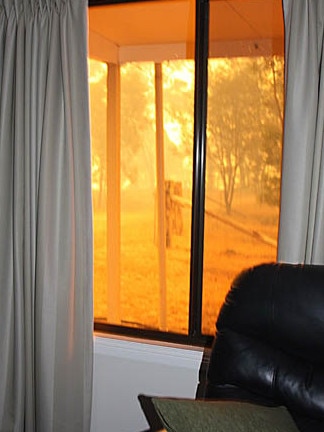
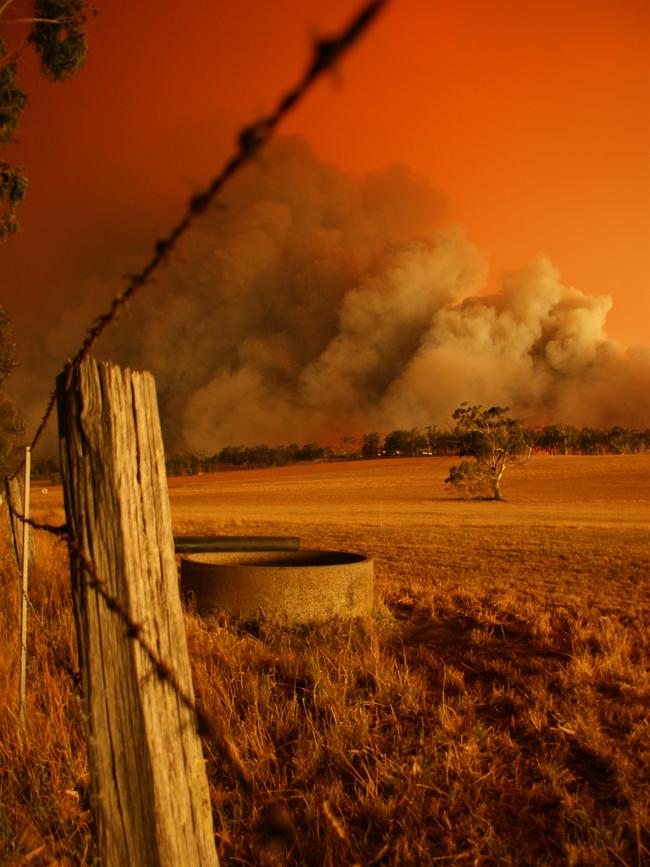
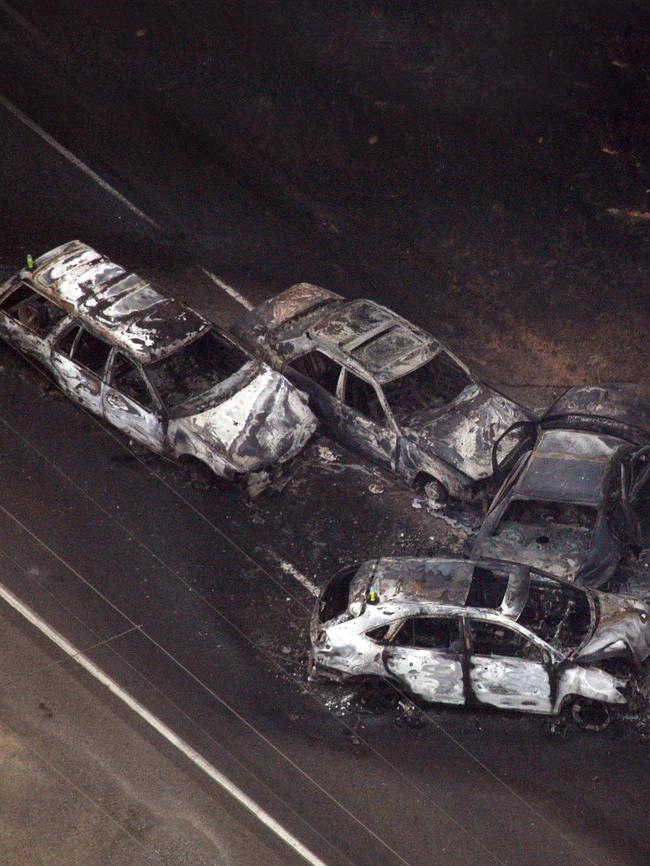
On Black Saturday, it was so hot ahead of the fire front that birds and animals dropped dead.
Amazingly, many survived then thrived.
At Marysville, the king parrots admired by generations of visitors returned within weeks of the fires. They whistle gently and swoop expertly from tree to tree looking for a free feed, as they always did. A gang of black cockatoos loafs across town on slow wing beats, their squawks competing with cruising motorcycles and the sound of happy children in parks and playgrounds.
In the surrounding bush, wombats and kangaroos and wallabies are now plentiful enough to be traffic hazards as they cross the roads. Lyrebirds run through their mimicry repertoires from the wet gullies that bushfires don’t reach, which explains why these ground-dwelling birds escaped the flames. There are photographs of them in the gleaming new art gallery and tourist centre, along with inspirational pictures of local people fighting back from disaster: the fun runs, the golf days, fundraising concerts and working bees.
The bush has come alive but the scars of Black Saturday are clear, as they will be for decades, the way the forests bear the marks of Black Friday, 1939. Fire has shaped the landscape for thousands of years. This one has left millions of bare silvery spears poking through a green canopy of regrowth.
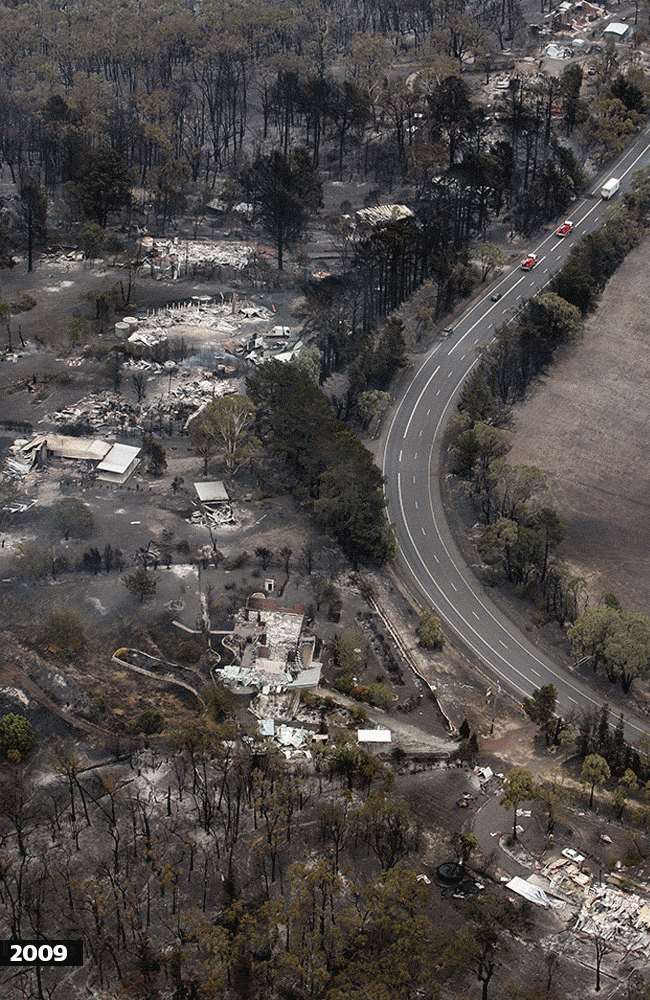
The crowns of smaller trees died, but leaves sprouted from low down and grew into suckers, branches bringing new life to charred trunks.
Seeds germinated by heat took root in the perfect bed of ash. The bush regenerates, wildlife returns, and the cycle of life goes on.
That is what has happened across the bush and timber plantations that burned from Kilmore East, where the first bad fire erupted at 1.20pm on Black Saturday, to where it ended in the Yarra Valley days later.
It was the same for the massive area burned by the blaze that raced east from its origin at the Murrindindi timber mill near Yea, across the Black Spur to Narbethong and Marysville.
Falling trees blocked roads and broke electricity lines powering telephones, computers, televisions and radios, killing the instant communication, endless information and fast transport we take for granted — right up until the moment it vanishes, paradoxically leaving us more vulnerable than our forebears were.
Versions of the same fatal story were repeated dozens of times on Black Saturday: electricity blacked out; pumps failed; telephones died; water pressure drained as exposed pipes were smashed or melted; roads were blocked as cars ran into burning logs then into each other, trapping their occupants in a fatal firestorm they would have avoided by leaving earlier.
Tense situation turned to death zone in minutes, catching hundreds lulled into a false sense of security because the threat was beyond their experience and imagination.
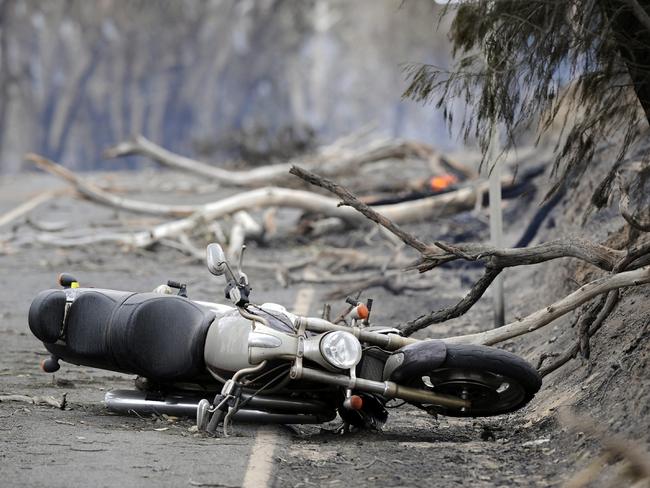
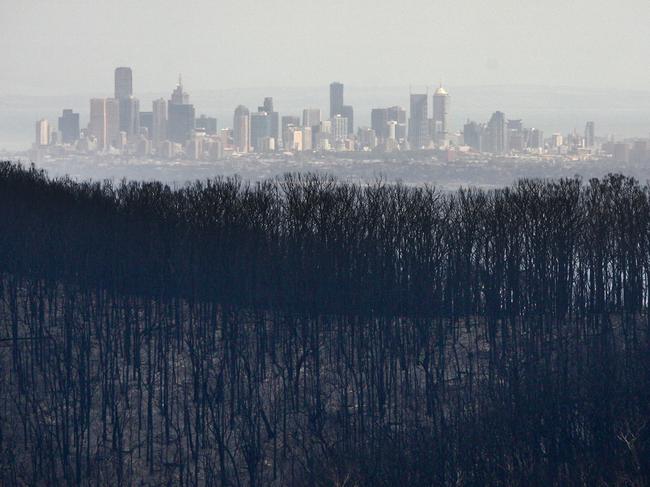
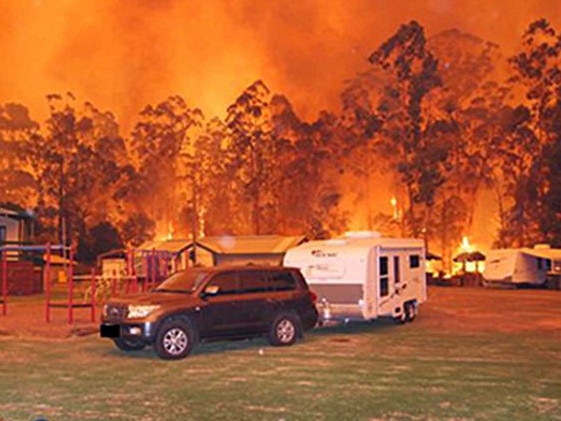
But for every tragedy, and there were scores, there were stories of lucky escape.
As this newspaper’s Patrick Carlyon wrote after spending hours with shattered Marysville survivors in a temporary camp at Alexandra, “Luck isn’t just handy. It’s everything.”
Luck was everything because there was nothing in Maryville’s long history to warn its residents that the end could come so swiftly and so fatally.
Going there after Black Saturday, Carlyon noted, was a little like visiting Hiroshima after the atomic bomb. He talked to ordinary people — from a grandfather who had lived at Marysville for 60 years, to a local doctor in his 40s through to teenagers.
What stood out was that no one at Marysville (like so many at Kinglake and elsewhere) had any clue of impending doom. Carlyon recalled later: “The warnings, the communications … for whatever reason, people didn’t know what was about to befall Marysville. Even five minutes before.”
Dozens were dead in the town before the rest of Victoria knew they had gone. This was hard to comprehend. It was so awful it seemed impossible.
The day after Black Saturday, a delivery truck driver told his boss: “We can’t deliver the papers because it’s gone.”
“The newsagency?” asked the boss.
“No, the town.”
Others endured heartbreaking versions of the same confused exchange. In the worst call you can imagine, young mother Bec Buchanan answered her phone as flames swept through Kinglake. It was her own mother, Jan Clark, who had been looking after Bec’s kids not far away.
Jan said two of Bec’s children were gone.
“What do you mean ‘gone’?” asked Bec. “Gone where?”
They were dead. So was their uncle, Bec’s brother Danny. Members of just one family of dozens left to grieve.
Some of the lucky ones were those who quickly abandoned the official advice to stay and defend, advice based on the flawed assumption that most houses were “defendable”.
That theory was proved wrong by the deadly reality of a fire that burned so hot, in winds so strong, that gaseous fireballs rolled ahead of it, superheating air so it would kill any living thing at a range the theorists had previously considered safe.
Until Black Saturday, the conventional wisdom — drummed into willing listeners at community meetings — was that people who stayed home and followed the rules always survived.
They were assured it was a matter of cleaning up the fuel load around the house, sealing doorways with wet towels, having mops and water buckets ready to douse embers, and hosing down roofs, spouting and gardens.
The advice was well-meant — and true as far as it went — but useless in the face of such overwhelming odds. It was like issuing bows and arrows and bike helmets to fight off a tank division. Fatally, the less that people knew about the bush and wildfire, the more they trusted “expert” advice.
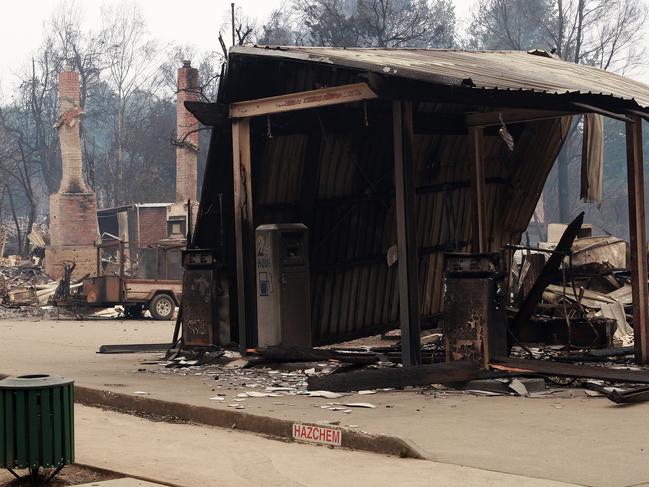
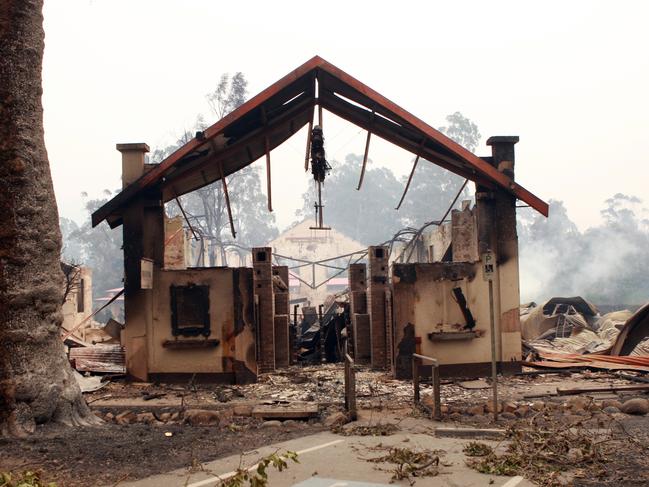
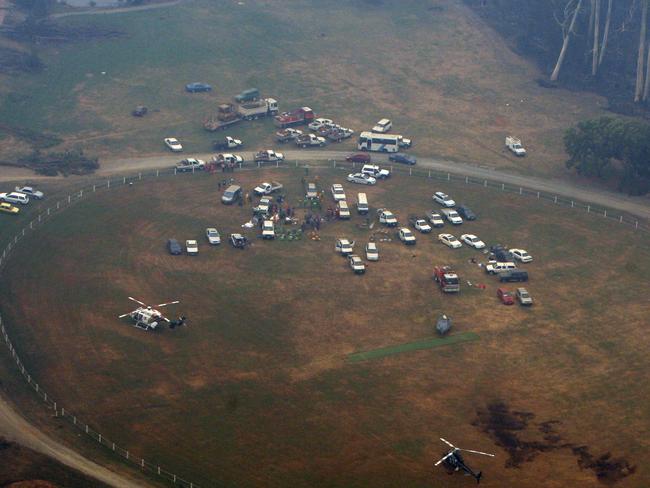
Marysville had once been a timber town with a dozen mills but those days were long gone.
For years it had attracted “tree-changers” and weekend owners, those who had come from city suburbs looking for tranquillity in the forested hills.
The same could be said for Kinglake and its satellite districts, once thinly populated farming areas that had recently filled with people whose dream of escaping suburbia had become a reality of building dormitory suburbs on a patchwork of hobby farms and bush blocks in heavily timbered country, mostly hilly.
The most sought-after sites, of course, were on hills with views of the valleys below or the city skyline. Well-known television newsreader Brian Naylor and his wife Moiree and their neighbours enjoyed the panorama from their showpiece property in Coombs Rd, Kinglake West.
It was, tragically, a view to die for. Fires rage up hills. The Naylors were found clinging together in their bathtub, loving couple to the end. Their neighbour, Joe Ropar, wept when he saw what had happened, but he lived. Luck.

Just east of Coombs Rd is an unmade road, Pine Ridge Rd. In just 500m, 31 houses were destroyed — and 21 people died, many of them children.
Among the tree changers and hobby farmers in the communities an hour’s drive from Melbourne’s suburbs were the sort of conscientious newcomers who made “fire plans” and stuck to them, with sometimes deadly results.
Other residents smelt danger along with the smoke and followed their first instincts, driving out on increasingly crowded escape routes before the heat hit unbearable levels and the wall of fire struck, killing everything in its path.
At Marysville, as the clock ticked towards Armageddon, wise police punted that they could lead a last-minute convoy out of town before falling trees blocked the road and smoke blinded drivers. They made it minutes ahead of the fire encircling the town.
Some people stayed behind at Gallipoli Park in the town centre. One third-generation local, Daryl Hull, waded into the small lake fed by the Steavenson River. He had refused the police invitation to join the convoy towards Alexandra because, he explained later, he had visions of being trapped in the car by fire.
Instead, Hull took two cameras and hid them by the shore then swam to a small island in the lake where he had noticed ducks sheltering. He had always thought it was the safest refuge around. He was right. He spent hours in the mud before emerging to retrieve his cameras and calmly filmed the destruction of his hometown — capturing graphic footage later screened in the Bushfires Royal Commission.
Hull’s film was brutal proof that the fire storm was too fierce and too sudden for any system that people imagined was in place to protect them.
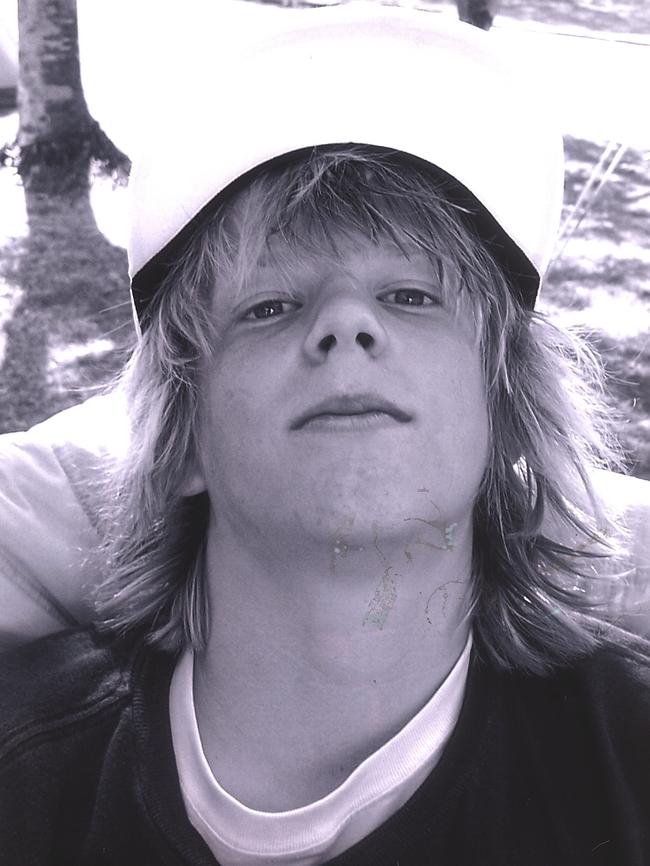
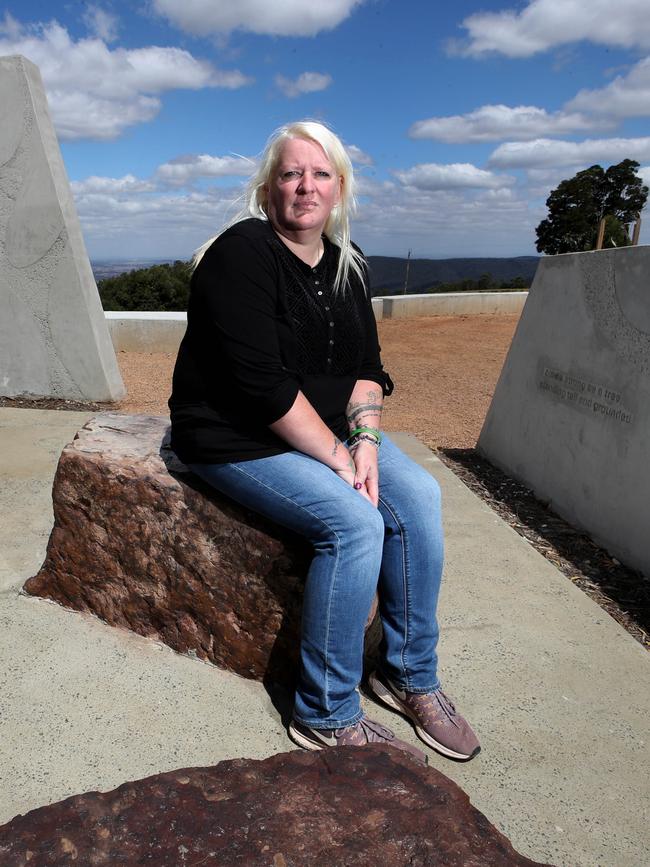
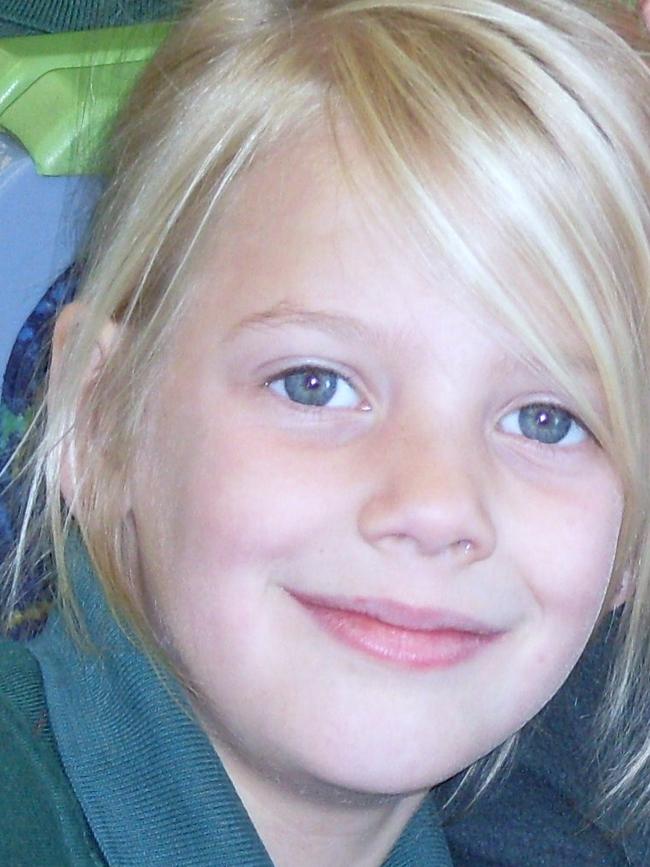
One thing that haunts Marysville survivors was that the CFA siren was blown only twice before the fire hit.
The two short blasts were, in theory, correct procedure to call volunteers to the station. But for most townspeople, the siren’s silence was easy to misinterpret as a sign there was no real threat. If anyone had taken the initiative and triggered continual siren blasts, it would have alarmed many more people enough to save their lives.
Blind obedience to petty procedure probably cost most of the 34 lives of those who died in the town. Sadly, blind faith based on life experience could be just as dangerous.
Some were determined to stay, regardless of the conditions. It turned out that local knowledge and bush savviness and determination, usually so valuable in emergencies, would be fatal this time.
One tough old-timer, former axeman Len Postlethwaite, argued with his wife Elaine because she begged him to leave and he insisted on staying. She went to Alexandra and lived. He turned his back on the flames, confident because no fire had ever gone through Marysville in his 82 years. He died.
Black Saturday was full of these sliding-door moments, separating life from death.
During fires, suspicion immediately turns towards arson — “firebugs” — but it would turn out that the worst fires on Black Saturday were caused by faulty electricity lines. The exception was the Gippsland fire that wiped out the tiny districts of Callignee and Koornalla, near Churchill. Within hours, police had identified a local man, Brendan Sokaluk, as the prime suspect for lighting fires that killed 11 people.

Unlike an unfortunate suspect for the Murrindindi-Marysville fire, a volunteer fireman eventually cleared of any suspicion, Sokaluk was charged and convicted.
The matter of who lived and who died from the fires Sokaluk lit, then watched from his house roof, underlines how random it is.
One of the lucky was Anthony Sexton, who stayed with his property at Callignee, but hedged his bets by sending his brother away on his classic Harley-Davidson motorcycle. Sexton had an unraced racehorse, Jeune Mark, in the paddock. He led the horse up the road but the fire was moving too fast. He was thinking they would die there when the horse knocked him over a guard rail then pulled back and vanished into the smoke.
Sexton took the hint and followed the slope down to the Traralgon Creek, where he lay in the shallow water for two hours. When he surfaced, his house, sheds and car were all burned. But he was alive — and so was the horse. Jeune Mark, a genuine stayer, had stood in an empty paddock and survived.
But the family next door died in their garage with a friend.
Not far away, firefighter David Tree became an accidental star when he was photographed giving a drink of water to a distressed koala.
The image went around the world.
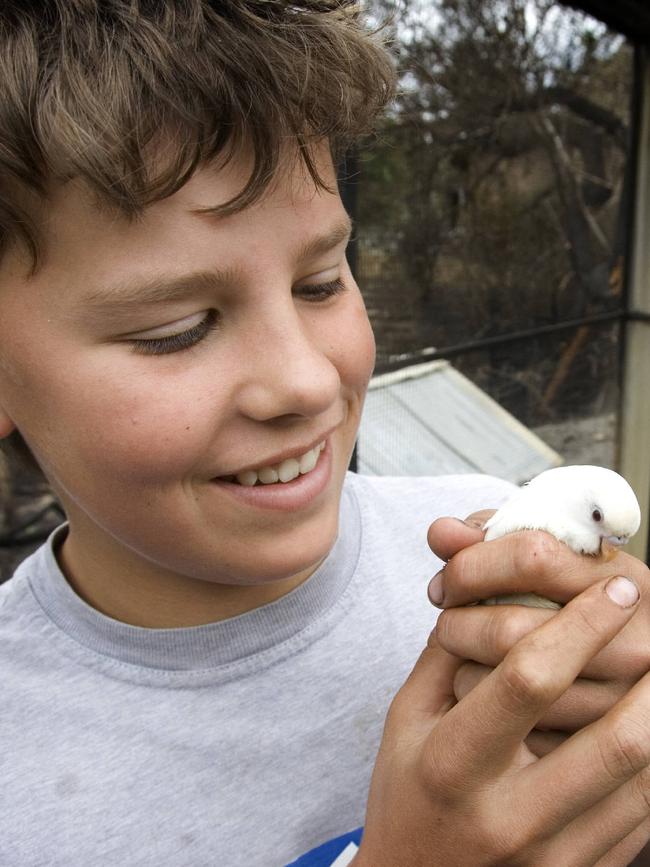

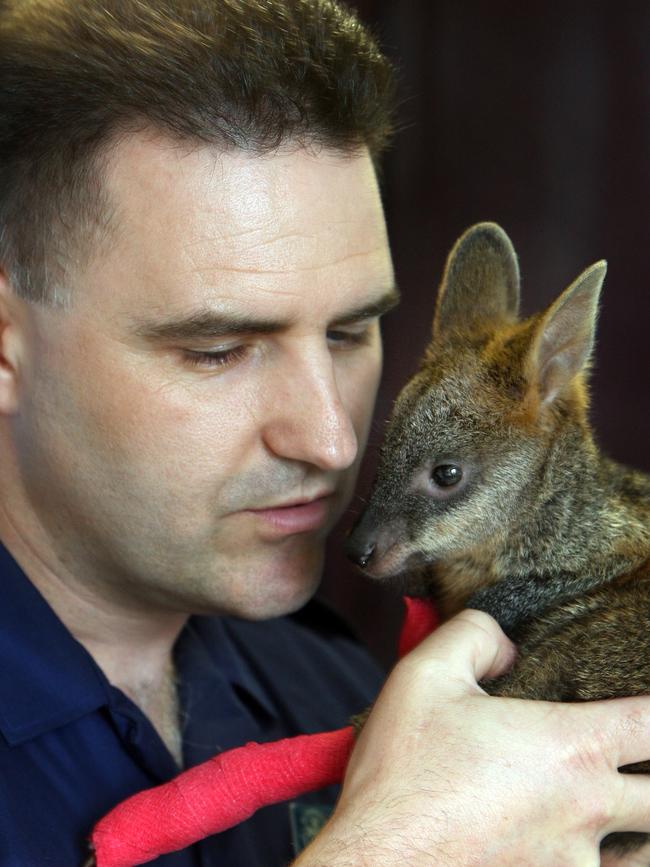
The animal stories are an antidote to so much raw human grief.
A paramedic, David Kervin, was handed a burned wallaby joey at Kinglake, and treated her with painkillers he had in the ambulance.
As he said later: “I didn’t give water to a koala but I did give narcotics to a marsupial.”
At nearby Humevale, as teenager Jay Russell combed through the ashes of the family home, he heard a feeble chirp. It was a baby budgerigar, one of dozens of caged birds the family had lost. The little budgie was covered in ash, but survived. Naturally, Jay called him “Lucky”.
A helicopter rescue expert was hovering over Kinglake when he spotted a terrified woman and dog below, trying to escape the flames.
Despite the pilot’s misgivings, he lowered himself on a rope to rescue the woman but as he went to clip the harness to her the dog jumped out of her arms. She insisted on getting out of the harness and staying on the ground with the dog.
These are the stories of life and death that could fill volumes. That is even before the endless debate about the causes of wildfire and the best way to prevent it. But, in the end, as reporter Paul Kent wrote days after the fires, “it is not about the houses. It is not about the golf clubs or hay sheds or dairies. It is about the people, always the people.”
A decade on, his words stand up. The intense heat of the bushfire germinates the tiny eucalypt and wattle seeds of trees that have adapted to fire over a million years.
As our reporter Aaron Langmaid found when he spent weeks talking to the survivors of our worst natural disaster, it seems that the baptism of fire brings out the best in them, too.
Hope from despair.
Green shoots from ashes.

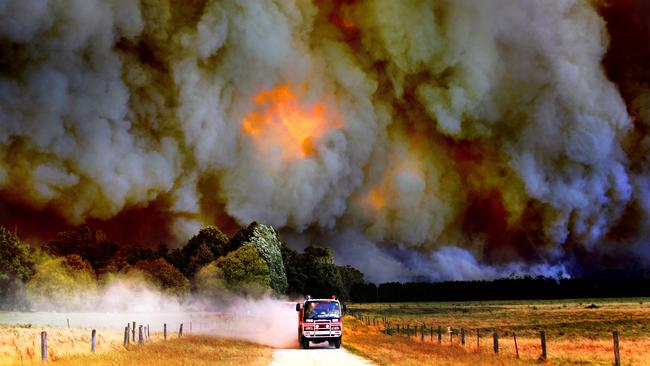
Add your comment to this story
To join the conversation, please log in. Don't have an account? Register
Join the conversation, you are commenting as Logout
‘Angels’: Hero Coles workers save mum’s life
A mother of three has opened up on how her life was saved after she suddenly collapsed while doing a routine supermarket shop.
Wildlife and traffic fears over music festival
Wildlife advocates fear a weekend music festival in central Victoria will endanger native animals including rescued joeys.